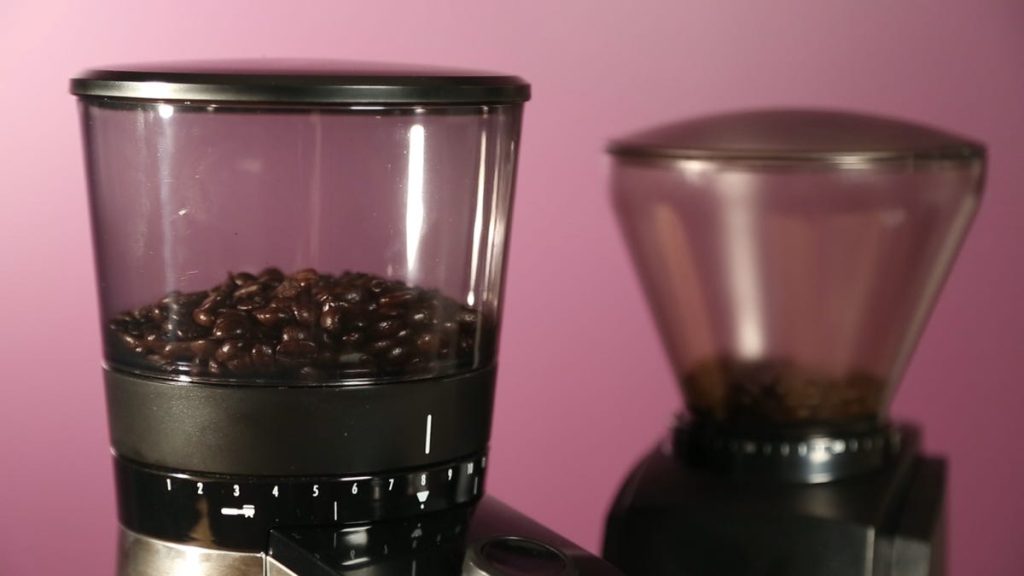The pursuit of the perfect cup of coffee often begins with the unsung hero of the brewing process: the coffee grinder. An ideal grinder delivers consistent particle size, meaning the grounds produced align with the selected coarseness setting and the intended brewing method. This consistency is paramount for achieving optimal flavor extraction and avoiding undesirable bitterness or sourness. Testing coffee grinders involves a meticulous process to assess their performance and consistency. The evaluation begins with a thorough cleaning of all removable parts, followed by setting the grinder to the recommended coarseness level for drip coffee, as specified in the product manual. In the absence of explicit instructions, a middle coarse setting is chosen, often adjusted one level coarser to ensure a suitable grind size. For instance, on a 16-setting grinder where 16 represents the coarsest grind and 1 the finest, the setting would be adjusted to level 9.
The testing process then proceeds with the precise measurement of 10 grams of whole coffee beans, typically a standard Colombian roast. This consistent bean choice allows for a fair comparison across different grinders. The beans are then processed through the grinder, carefully noting the grinding time. This time measurement provides insight into the grinder’s efficiency and speed. Once ground, the coffee grounds are meticulously collected and sieved for 60 seconds using a specialized system, such as the Kruve Sifter. This system employs mesh screens of varying aperture sizes (microns) to analyze the grind size distribution. The original Kruve Two utilized 800 and 400-micron screens, while the newer Kruve Base offers a wider range of five screens, providing a more comprehensive analysis of grind consistency.
The data collected from the sieving process allows for a quantitative assessment of the grinder’s performance. A high-quality grinder, whether electric or manual, will predominantly produce grounds within the 400 to 800-micron range for drip coffee. This optimal size range facilitates balanced extraction during brewing. The weight of the grounds collected between the two screens is recorded, providing a measure of the grinder’s ability to produce a consistent grind size within the desired range. This information is crucial in determining the overall quality and consistency of the grinder.
Conversely, a subpar grinder, often characterized by blade grinders, generates grounds of varying sizes, leading to uneven extraction and a compromised final brew. Blade grinders tend to shatter the beans rather than grind them, resulting in a mix of fine dust and coarse chunks. This inconsistency leads to over-extraction of the finer particles, resulting in bitterness, and under-extraction of the larger particles, contributing to sourness. Burr grinders, on the other hand, employ two rotating burrs to crush the beans uniformly, producing a significantly more consistent grind size. This consistency is key to achieving a balanced and flavorful cup of coffee.
To ensure accuracy and reliability, the grinding and sieving process is repeated at least two more times. This repetition allows for the calculation of an average optimal yield for each grinder, providing a more robust assessment of its performance. The average yield represents the percentage of grounds that fall within the desired size range, offering a clear indication of the grinder’s consistency and suitability for different brewing methods. The rigorous testing methodology employed ensures that the evaluation of each coffee grinder is thorough and objective, providing consumers with valuable information to guide their purchasing decisions.
Ultimately, the goal of this comprehensive testing process is to identify grinders that consistently produce uniform grounds within the desired size range. This consistency is the cornerstone of a good brew, ensuring that the coffee’s full flavor potential is realized. By meticulously analyzing grind size distribution, grinding time, and overall yield, coffee enthusiasts can confidently select a grinder that meets their specific brewing needs and elevates their coffee experience. The investment in a quality grinder is an investment in the pursuit of the perfect cup, a testament to the importance of this often-overlooked piece of brewing equipment.

